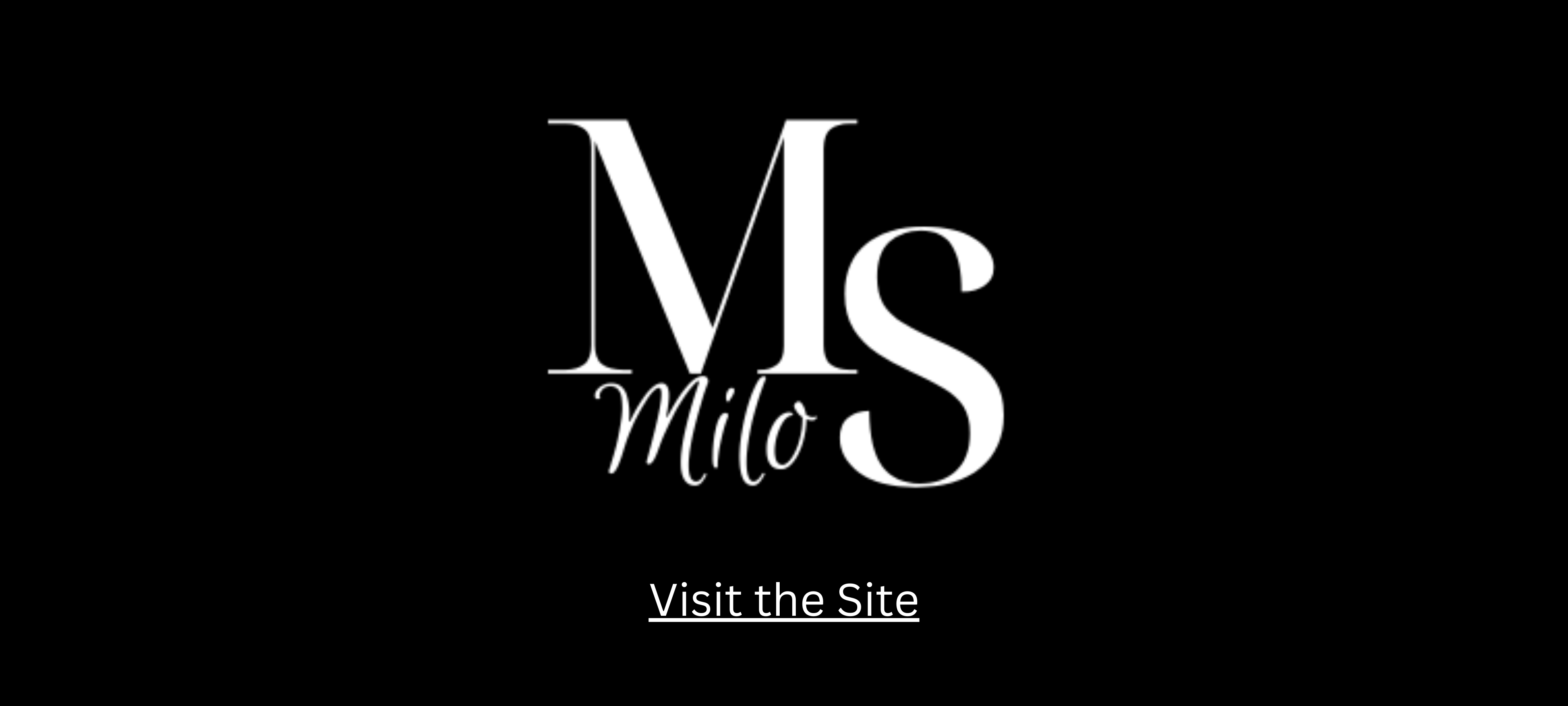
Quick Fixes for Reducing Debt:
Effective Strategies to Manage and Pay Down Debt Faster
February 2, 2025
by Milo





Follow us on social media for
FREEBIES and New Article releases.
OR
Sign Up for Our Freebie Email List and Have Freebies Delivered Directly To Your Inbox
Introduction
Debt can feel overwhelming, but with the right strategies, you can take control of your financial situation and pay it down faster. Whether you're dealing with credit card balances, student loans, or personal loans, small changes can make a big impact. In this article, we’ll explore quick and effective fixes to reduce debt, manage payments, and achieve financial freedom.
Understanding the Different Types of Debt
Before tackling debt, it’s important to understand the different types:
- Secured debt: Loans backed by collateral (e.g., mortgages, car loans).
- Unsecured debt: Debt without collateral, such as credit cards and personal loans.
- High-interest debt: Credit cards and payday loans that accumulate interest quickly.
- Low-interest debt: Student loans and mortgages, which have lower interest rates and longer repayment terms.
By understanding your debt, you can prioritize which to pay off first and choose the best strategy.
Quick Fix #1: Create a Budget
One of the most important steps in debt reduction is knowing where your money goes. A budget helps you:
- Track income and expenses.
- Identify areas where you can cut unnecessary spending.
- Allocate more money toward debt repayment.
Use budgeting tools like spreadsheets, budgeting apps, or the envelope method to stay on track. Even small savings can be redirected toward paying off debt faster.
Quick Fix #2: Use the Debt Snowball Method
The debt snowball method focuses on paying off the smallest debts first while making minimum payments on larger debts. The process:
- List all debts from smallest to largest.
- Pay as much as possible toward the smallest debt while making minimum payments on others.
- Once the smallest debt is paid off, move to the next one.
This method provides quick wins and builds motivation to stay on track.
Quick Fix #3: Use the Debt Avalanche Method
The debt avalanche method targets debts with the highest interest rates first, saving you more money over time. The steps:
- List all debts from highest to lowest interest rate.
- Make extra payments on the highest-interest debt while paying minimums on the rest.
- Once one debt is paid, apply that money to the next highest-interest debt.
While it may take longer to see progress, the avalanche method reduces overall interest paid.
Start Your Journey Today
Learn More.

Quick Fix #4: Consolidate Your Debt
Debt consolidation combines multiple debts into a single loan with a lower interest rate. Options include:
- Personal loans: A fixed loan to pay off multiple debts.
- Balance transfer credit cards: Move high-interest debt to a low-interest credit card.
- Debt management plans: Work with a financial advisor to consolidate and negotiate better repayment terms.
Consolidation simplifies repayment and can lower your monthly payments.
Quick Fix #5: Negotiate with Creditors
If you’re struggling to make payments, negotiating with creditors can help. Many lenders offer:
- Lower interest rates for long-term customers.
- Extended repayment plans to reduce monthly payments.
- Debt settlement options for those in financial hardship.
Contact your lender and explain your situation. Being proactive can lead to better repayment terms.
Quick Fix #6: Automate Your Payments
Automating debt payments ensures you never miss a due date, helping you avoid late fees and reduce interest charges. Steps to automate:
- Set up automatic payments through your bank or lender.
- Schedule payments slightly above the minimum to pay off debt faster.
- Use reminders to track progress and adjust payments as needed.
Consistent payments improve your credit score and accelerate debt reduction.
Conclusion
Reducing debt requires discipline, but these quick fixes can help you manage and pay down debt efficiently. By budgeting, choosing a repayment method, consolidating debt, negotiating with creditors, and automating payments, you can take control of your finances and work toward financial freedom. The key is consistency—stay committed to your plan and watch your debt shrink over time.
Freebie Offers
Sign Up for Our Freebie Email List and Have Freebies Delivered Directly To Your Inbox
Recommended Reading
The 50/30/20 Rule for Budgeting
Escape the Paycheck-to-Paycheck Cycle
How Millionaires Think
The FIRE Movement
Side Hustles That Actually Work
Cheap or Frugal?
10 Ways to Make Money While You Sleep
The Gateway to Financial Stability: Passive Income for Beginners
Take Control of Your Income Best Passive Income Apps for Success
Discovering Financial Freedom: Lucrative Passive Income Ideas
From Zero to Hero: Transform Your Wealth with Passive Income Investments
Harnessing the Internet: Your Guide to Passive Income Online
Using 5 Column Ledgers to Set Personal Finance Goals and Budgeting
Why Every Small Business Needs a Petty Cash Log Book
Top 5 Mistakes to Avoid When Managing a Petty Cash Fund
10 Steps to Effectively Tracking Petty Cash Transactions in Your Business
Struggling with Debt? Quick Fixes for Reducing Debt
Visit Us on Pinterest









